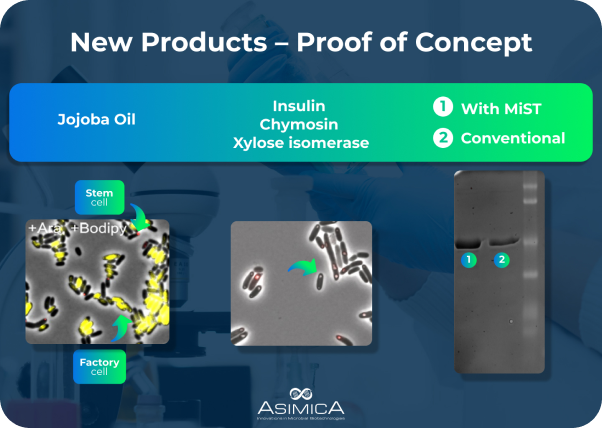Publications
-
Mushnikov, N. V., Fomicheva, A., Gomelsky, M. & Bowman, G. R. Inducible asymmetric cell division and programmable cell differentiation in a bacterium. Nat. Chem. Biol. (2019). doi:10.1038/s41589-019-0340-4
-
Helena R & Linchong Liu. Polar Opposite Fates. Nat. Chem. Biol. 15, pages850–852 (2019)
-
Ashley York. Differentiating Bacteria. Nature Reviews Microbiology 17, pages588–589 (2019)
-
Bowman, G. R. et al. A polymeric protein anchors the chromosomal origin/ParB complex at a bacterial cell pole. Cell 134, 945–55 (2008)
-
Bowman, G. R. et al. Oligomerization and higher-order assembly contribute to sub-cellular localization of a bacterial scaffold. Mol. Microbiol. 90, 776–95 (2013)
-
Bowman, G. R. et al. Caulobacter PopZ forms a polar subdomain dictating sequential changes in pole composition and function. Mol. Microbiol. 76, 173–89 (2010)
-
Holmes, J. A. et al. Caulobacter PopZ forms an intrinsically disordered hub in organizing bacterial cell poles. Proc. Natl. Acad. Sci. 113, 12490–12495 (2016)
-
FDA. Statement from FDA Commissioner Scott Gottlieb, M.D., on the agency’s continued efforts to bring competition to the insulin market to lower prices and expand access | FDA. FDA statement 1–5 (2019)
Microbial Stem Cell Technology (MiST)
PROOF OF CONCEPT
Mathematical models predict the maximal impact of Microbial stem cells on the production of chemicals, which are toxic for cells, most challenging for the industry. We experimentally simulated this situation. We’re making a protein, called gp-61 in factory cells. It is used in poultry and nutrition fields. And it is toxic for very microbes, which are making it. In conventional cultures in 20 hours of production course majority of cells got broken down. At the same time, with the presence of Stem cells, factories were still healthy. In the subsequent 20 hours, conventional culture almost stops producing. Cultures with Stem cells were still actively making a product. This is an early indication of the impact of our technology.

We are testing our system on other industrial products. That includes Jojoba oil, a valuable product in the cosmetics market. Yellow cells in the left photo are making it. We’re also making insulin because it’s such a huge market in the pharma industry. Other trials we have are with enzymes, used in the food industry. Chymosin is necessary for making cheese from the milk. Xylose isomerase is used for making high-fructose corn syrup. And here we also observed significantly higher protein yields with our technology.

